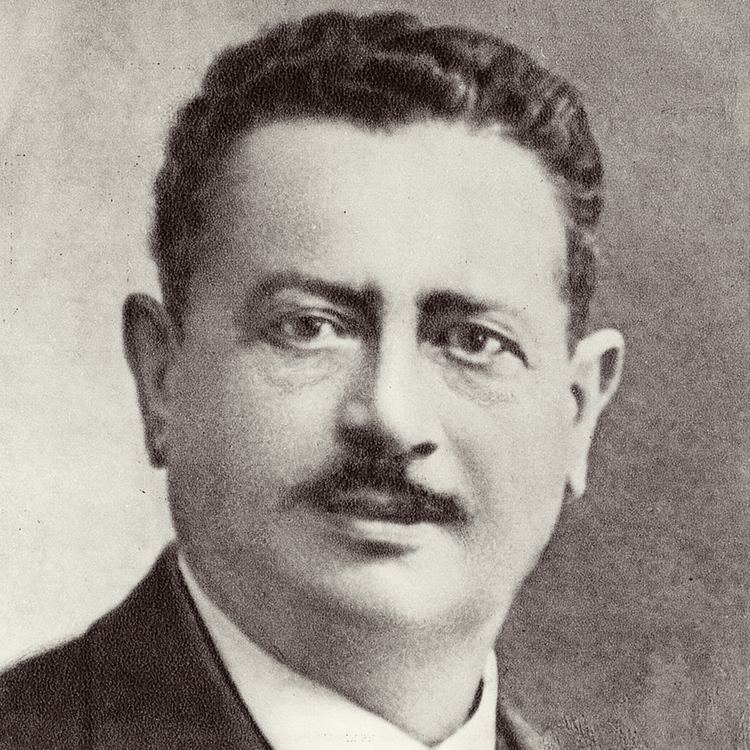Name Rene Sergent Role Architect | Structures Hotel Camondo | |
 | ||
Died August 22, 1927, Congis-sur-Therouanne, France | ||
Un Palacio en Buenos Aires
Biography
Born in Clichy, Sergent was trained at the École spéciale d'architecture, where he concentrated on French architecture of the 18th century but also studied British contemporaries such as Robert Adam, then entered the architectural office of Ernest Sanson where he remained for more than fifteen years.
Sergent opened his own practice in 1902, where he undertook design or restoration for a number of wealthy and aristocratic clients including Henri de La Tour d'Auvergne-Lauraguais, the Comtesse de Maupeou, Comte Edmond de Fels, Comte Moïse de Camondo, Duveen, Seligmann, Fabre-Luce, Rothschild, and Wendel. As his reputation spread, he was also asked to design buildings in the United States and Argentina for clients including Pierpont Morgan, Gould, Vanderbilt, Bosch, Alvear, and Errázuriz. His buildings were noted for their integration of modern comforts and conveniences into an imposing classical style.

He also performed work on landmark hotels, including the Trianon Palace at Versailles (1910), the Savoy Hotel and Claridge's in London, the Rome Grand Hotel (today the St. Regis Rome), and the Hotel Stéphanie at Baden-Baden. In addition, he designed the headquarters for the Rolls-Royce Limited, a Parisian store for the Duveen brothers (1907–1908) in the form of a Petit Trianon at the rear of a marble courtyard at n° 20 place Vendôme which is now a bank headquarters, and the Duveen Gallery, a large building in the style of Ange-Jacques Gabriel at the corner of 5th Avenue and 56th street in New York City (1910, demolished 1953).
Sergent received among other awards the Prix Deschaumes in 1889 and the grande médaille de l'architecture privée from the Société centrale des architectes. He died in 1927 at Congis-sur-Thérouanne.
